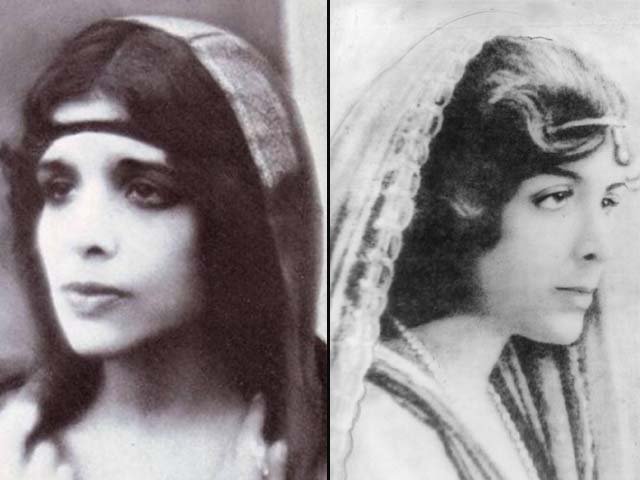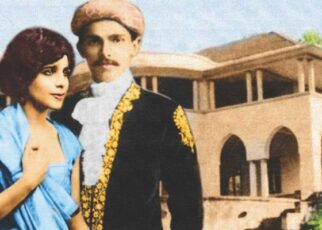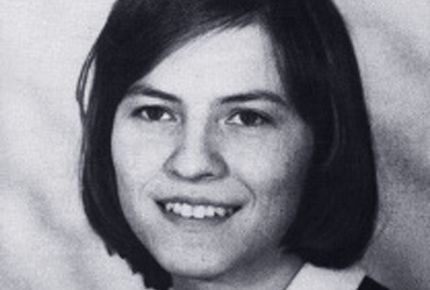The division of the country and the division of the body are not different. Countries such as Poland, Germany, Vietnam, Korea, and Yemen split. Some are united again. The division of any country is a tragedy. Every time a country is divided Lives is fragmented. The vertical cut of the appendages. Immigration, eviction, bloodshed.
The same was repeated during the partition of India in 1947. The heart-wrenching experience of the division of the country was that of Muhammad Ali Jinnah, who stood in the cage of history as the cause of that division.
On the morning of August 7, 1947, Jinnah went to the Ishna Ashari Cemetery in Mazgaon, Bombay. He stood in front of a marble tomb four feet high and six feet between the brass railings. Ratanbai Muhammad Ali Jinnah (born 20 February 1900–died 20 February 1929) placed a wreath on the tomb with black letters on the front.
Ratanbai Petit or wife of Jinnah, Ratanbai Jinnah or Ruttie Jinnah. Was a very peculiar marriage at that time of history. An ancient picture of a love story. Dinshaw Maneckji Petit, one of the billionaires of Bombay, father of Ruttie. The Parsi family brought the yarn mills to Bombay. Dinshaw Petit and Jinnah were close friends. Jinnah was one of a group of lawyers who defended the Petit cases. Feroze Shah Mehta, a close associate of Petty and a prominent Congress leader, was also closely associated with Jinnah at the time.

Jinnah became so close to the Petit family. At one point Dinshaw asked Jinnah to come to Darjeeling with his family in 1916 and be a guest at their summer camp there. Where the family actually used to spend the summer in France every year was changed to Darjeeling due to World War II.
That journey turned Jinnah’s life around. He met the Petit’s daughter and fell in love with sixteen-year-old Ratanbai Jinnah, popularly known as ‘Flower of Bombay’. Jinnah was then 41 years old. Her father’s age was almost the same. Before Jinnah was sent to London to study in 1893, his mother pre-emptively married him to a cousin’s girl. But when he returned, his wife and mother died of the plague and he never remarried.
Jinnah left Karachi and came to Bombay to become a big barrister. By 1904 he was leading the Indian National Congress. He became a member of the Central Legislative Council in 1910. He was not only close to Gopal Krishna Gokhale, but also to Bal Gangadhar Tilak, Annie Besant, and Madan Mohan Malviya. In those days Sarojini Naidu and Jinnah were hailed as a bridge of Hindu-Muslim friendship. Some of these interests also brought Jinnah closer to that Ruttie. The first of which is literature.
The love that sprouted in the tea gardens of Darjeeling, near the waterfalls, in the Buddhist temples, is not strange unless the society accepts it. Dinshaw brought orders from the Petty Court once he had come to light about their relationship. But at the age of eighteen, Ruttie came to Jinnah’s old house in the Malabar Hills with her puppies. On April 18, 1918, Ratanbai became Mariam, and secretly got married in the same house the next day.

It is said that Ruttie was a strong-headed woman who would not be doing anything without her will and hence the conversion has also taken place by her own will and no one had forced her to do it.
Many people detested Jinnah because of his achievements. Because Ruttie, Bombay’s diamond, and she had turned down so many suitors, it would be naive to think they were all content with their union.
Few liked Jinnah’s position as the sole successful Muslim lawyer in Bombay at the time, as the profession had traditionally been dominated by lawyers from other religious communities.
As a result, a smear campaign was initiated against Jinnah and his bride after their wedding in April 1918, and their reputations have not recovered since. According to history, the Jinnah’s chose to spend their extended honeymoon in Nainital in order to escape the drama surrounding their union.
Also, Mrs. Jinnah had grown tired of the smear campaign in the Bombay press and dreaded the trip from Nainital to Delhi, where she feared there would be more loud talks about her upcoming nuptials.
The Times of India and other English-language publications treated the marriage as a piece of news, but the Parsee-controlled media and the Muslim-controlled media (mostly Urdu-language publications) were at constant war, battling like a pack of wild cats.
This marriage appeared to be an issue for the entire country, except for the two individuals directly involved. As a result of the criticism, she received for adopting Islam, Parsee publications like Kaiser-e-Hind and Jam-e-Jamshed dubbed April 19th, 1918 “Black Friday.” In other journals, not just Jinnah was accused of hatching a conspiracy against the Parsees by forcing Rattanbai Petit to convert to Islam, but the “whole Muslim community” as well.

The religious body of the Parsees also had a problem with the union. On May 26, 1918, all the priests of Bombay’s fire temples gathered at Agiari Lane’s Dadi Seth Fire Temple, the city’s primary Parsee cathedral, under the leadership of Shams-ul-Ulema Dastur Dorab Sanjona, the temple’s chief priest.
The Parsee panchayat, without mentioning Mr. and Mrs. Jinnah’s name, condemned the union of Parsee women with non-Parsee men and declared the ex-communication of any Zoroastrian who married outside his or her religion. However, they could have just left it at that.
As a result of a religious decree, the young woman lost contact with her parents, siblings, cousins, and the rest of her Parsee social circle.
However, this did not keep her away from her family a lot. Her mother made up with her two years after the marriage and followed by her brothers. When she was suffering from a terminal illness in France her father tended to her.
Several reports have characterized Ruttie’s death as a suicide, mirroring the way the story of her life has been misconstrued. “Conspiracies are quite appealing to us. Ruttie’s death could have been caused by what is now known as a stomach ulcer, according to Khan. “Every death is either suicide or murder,” Khan adds in the book “The Woman Who Stood Defiant”
Ruttie died too young, but she had a profound effect on Jinnah, altering his outlook on life and politics in the process. As a result, he went from being a devout all-India nationalist to accepting the two-nation hypothesis. As a result of her, Khan claims, Jinnah’s political vocabulary now includes the term “agitation.”
Also Read: Historic Discovery Astronauts Find Light Behind The Black hole





